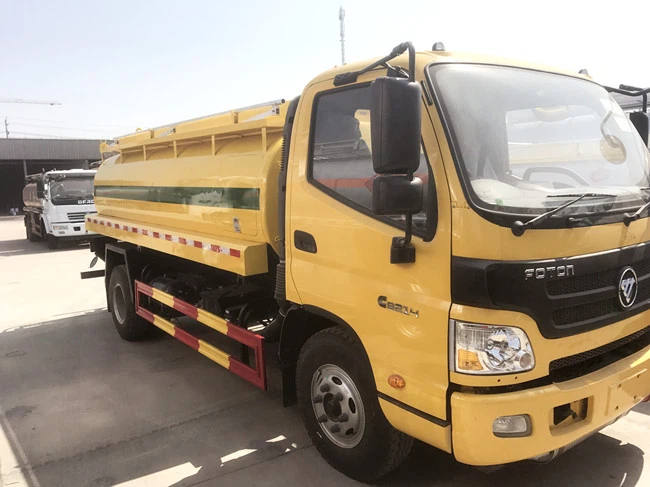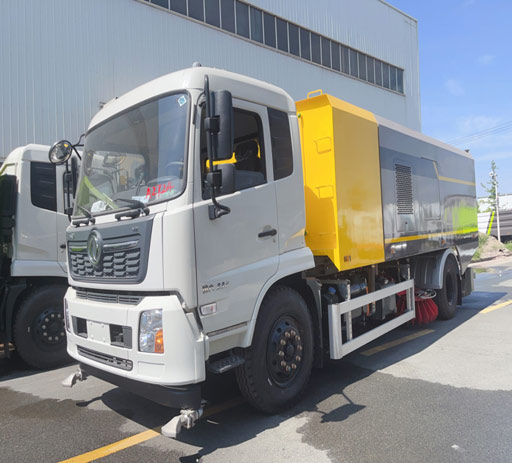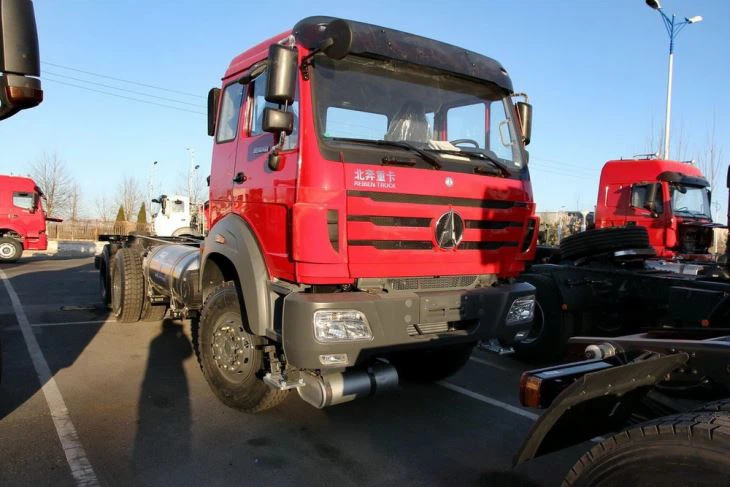Understanding Macs Rolloff: A Comprehensive Guide

Introduction to Macs Rolloff
In today’s fast-paced tech world, the term “Macs rolloff” may come up in conversations about computer and tech maintenance, performance optimization, and updates. Whether you’re a novice user or a tech-savvy individual, understanding what ‘rolloff’ means in relation to Mac computers can be crucial for enhancing your experience and ensuring longevity. This article will provide an in-depth look at the concept of Macs rolloff, its implications, and best practices to maintain optimal performance.
What is Rolloff in the Context of Macs?
The term “rolloff” usually refers to a gradual decline or reduction in performance or effectiveness. In the context of Macs, it can refer to several aspects:
- Performance degradation over time
- Changes in software or hardware compatibility
- Updates that may not always yield positive results
Understanding these aspects can help users make informed decisions about maintaining their Macs.
The Lifecycle of a Mac
Understanding Hardware Rolloff
As your Mac ages, it’s natural for its hardware to experience wear and tear, leading to a phenomenon known as hardware rolloff. This can manifest in several ways:
- Slower processing speeds
- Decreased storage capacity
- Overheating issues
Signs of Hardware Rolloff
| Sign | Description |
|---|---|
| Sluggish Performance | Longer load times and lagging apps |
| Frequent Crashes | Unexpected shutdowns and app failures |
| Overheating | Fans running loudly and excessive heat emission |
Software Rolloff and Compatibility Issues
With continuous updates to macOS, older software may become incompatible, leading to performance issues known as software rolloff.
Recognizing Software Rolloff

Common indicators of software rolloff include:
- Applications failing to open or function properly
- Missing features or reduced functionality
- Errors and bugs that didn’t exist before updates
Best Practices to Prevent Rolloff
Regular Maintenance and Updates
One way to combat Macs rolloff is through regular maintenance. Scheduling routine checks can help maintain performance.
- Keep your macOS updated to the latest version.
- Regularly update applications to ensure compatibility.
- Utilize built-in tools like Disk Utility to check for errors.
Managing Storage Effectively
As storage gets filled, your Mac’s performance may decline. Here are some storage management tips:
- Perform regular cleanups using tools like CleanMyMac.
- Use cloud storage for infrequently accessed files.
- Delete old downloads, applications, and other unneeded files.
Enhancing Hardware Performance
To prolong your Mac’s life and prevent hardware rolloff:
- Consider upgrading RAM if you notice sluggishness.
- Replace the hard drive with an SSD for better performance.
- Keep your Mac in a cool, dust-free environment to avoid overheating.
Monitoring Your Mac’s Health
Tools for Monitoring Performance
Several tools can help you monitor your Mac’s performance:
- Activity Monitor: Keep track of CPU, Memory, and Disk usage.
- Disk Utility: Check for disk health and repair issues.
- Third-party apps: Programs like iStat Menus can provide detailed analysis.
How to Identify a Rolloff
Recognition is key. You should monitor your Mac’s performance and take note of any disturbing behaviors, such as unusual processing times or frequent crashes.

Practical Examples of Rolloff Management
Case Study: John’s MacBook Air
John’s MacBook Air started lagging unexpectedly. He found that:
- His hard drive was 90% full
- His applications were outdated
- He rarely implemented maintenance checks
After decluttering his hard drive and updating his software, John noticed a significant improvement in his Mac’s performance.
Implementing Scheduled Maintenance
To effectively manage performance:
- Set a calendar reminder every three months to perform maintenance tasks.
- Allocate one day a month for a deep clean of storage.
- Regularly use monitoring tools to check for potential problems.
Upgrades vs. New Purchases: When to Decide
Knowing when to upgrade your hardware versus purchasing a new Mac can save money and enhance performance.
Factors to Consider
- Age of Device: If your Mac is over five years old, a new purchase might be a better option.
- Cost of Upgrades: Assess whether the cost of upgrading exceeds the cost of a new Mac.
- Performance Needs: If your work demands higher performance, investing in new technology may be warranted.
Macs Rolloff FAQs
What causes Macs to experience rolloff?
Causes include hardware degradation, software incompatibility, and lack of regular maintenance.
How can I detect rolloff on my Mac?
Look out for sluggish performance, system crashes, and compatibility issues with apps or macOS updates.
Is it worth upgrading an old Mac?
It depends on the age of the Mac, the cost of upgrades, and your performance needs. For a Mac older than five years, a new purchase may be more beneficial.
What routine maintenance should I perform?
Regularly check for system and application updates, clean up storage, and use Disk Utility for health checks.

Can third-party software help with Macs rolloff?
Yes, third-party software can help monitor performance, clean storage, and check for various issues that may impact efficiency.
